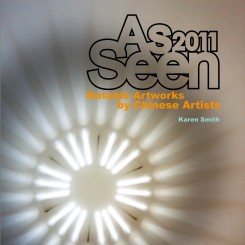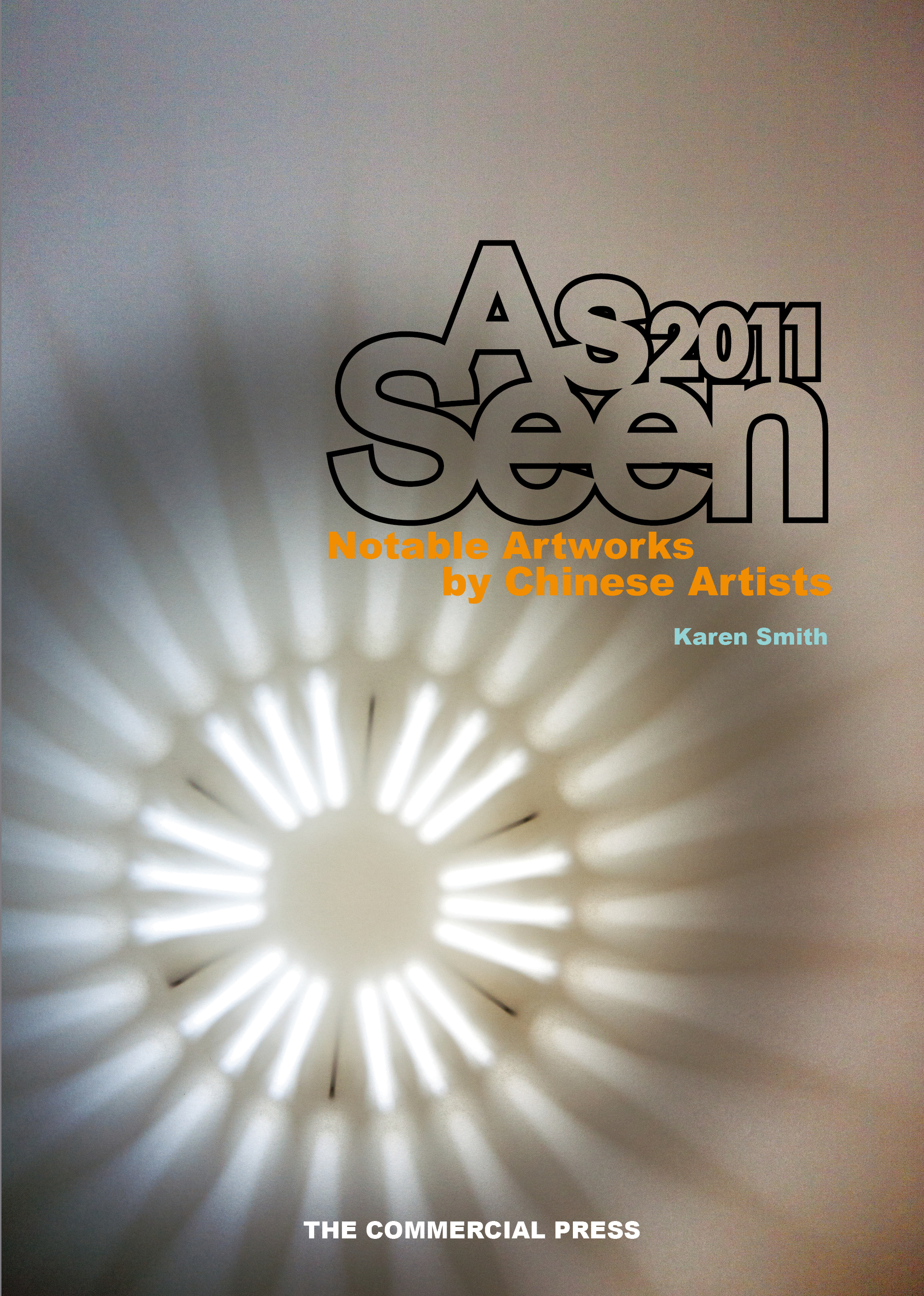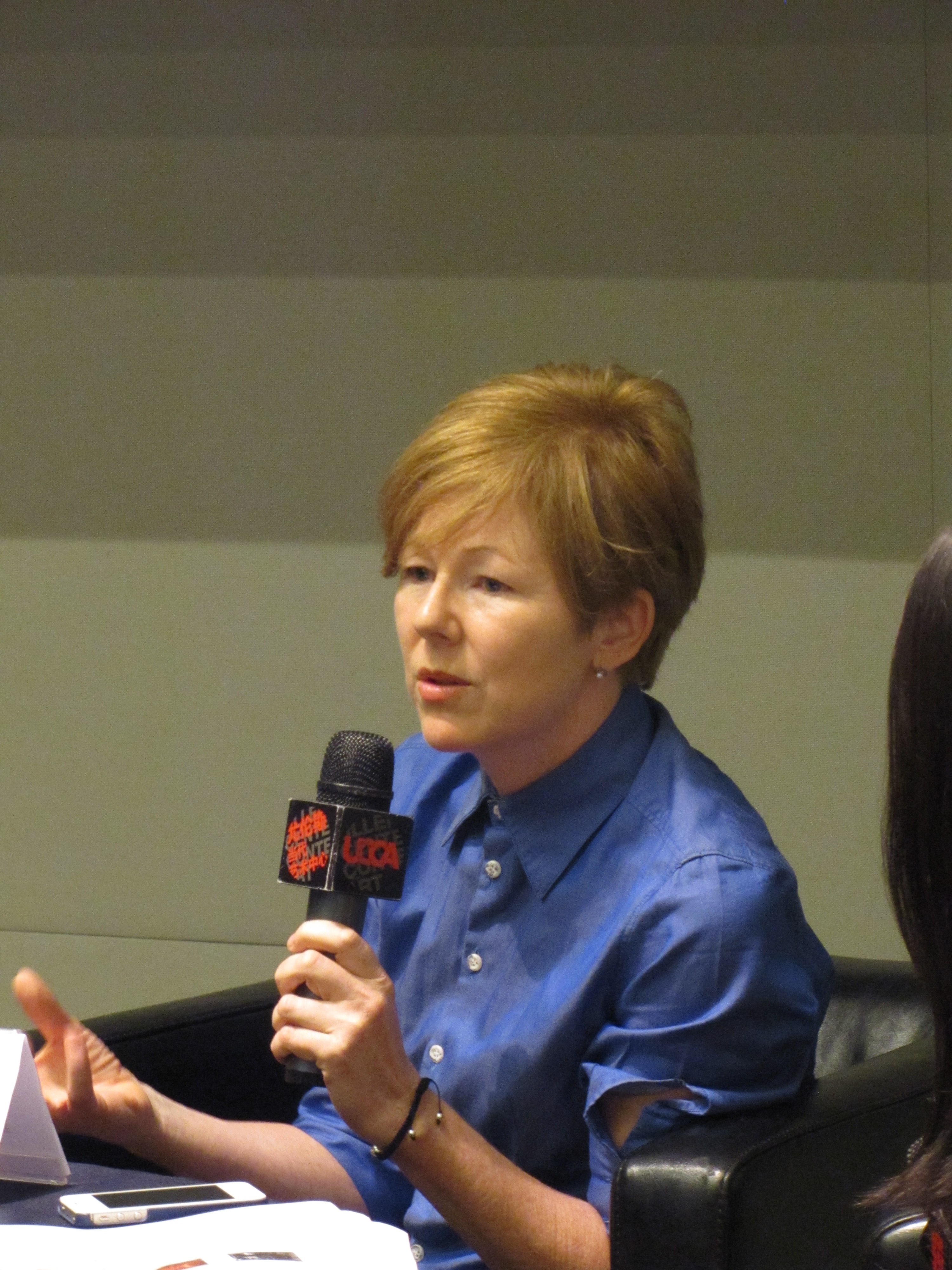British-born writer and curator Karen Smith first came to China from Hong Kong in 1992, with the express aim of investigating and documenting the new art emerging there. Based in Beijing ever since, she has been an instrumental actor in the contemporary Chinese scene through extensive critical writings, interviews and exhibitions to promote and articulate art and artists at the forefront of creative developments here — and when few others were on the ground to witness them. Smith is the author of a number of books including Nine Lives; The Birth of Avant Garde Art in New China (Timezone 8, 2006), and Ai Weiwei (Phaidon, 2009), and is currently working on a new book about Chinese art during the 1990s; among the many exhibitions she has curated are “Revolutionary Capitals” (ICA, London, 1999), “The Real Thing” (Tate Liverpool, UK, 2007) and, most recently, “Life Most Intense” (Ma Ke solo exhibition, Platform China, 2012). It has recently been announced that she is to join the Xi’an OCT Art Museum as the managing director.
Chris Moore: Why have you also written a compilation artist book — aren’t there enough of those already?
Karen Smith: First, As Seen is not a simple compilation artist book. It’s about artworks, about looking at artworks in public spaces. It’s about what art does, or about what an encounter with art can be when that art is good. So it’s about how one defines what work is good: about who gets to decide and why. In this case, I get to make the decisions, and instead of having to explain what gives me the right to do so, by focusing specifically on artworks that appear in public spaces in China, I’m also providing an insight into how and why those decisions get made.
Second, I’m interested in what people think when they encounter art — I often get asked to explain what was intended by a particular form or content. I’d like to give (new, young) audiences, if not the tools to unlock possible meaning, then some mechanisms for developing their own ideas. The point is that there is never one absolute interpretation for an artwork, which is why notable works can exist through time and succeeding generations where new times brings new ideas to the process of interpreting or understanding individual works. That’s what I love about art: that it is a “living” entity. I also like the idea that the world changes, views change. It gives everyone a sporting chance of being (half) right.
CM: So what were the key trends in the past year?
KS: What those appeared to be at the time I wrote As Seen were a proliferation of group activity and a plunge into Baroque excess. Painting, meanwhile, was hit and miss; either strong or insipid, with little in between.
CM: What do you think of the increasing popularity and influence of collectives? It’s not just a China phenomenon and Big Elephant was around some years ago, but now we have MadeIn, Museum of Unknown, Double Fly and Waza, to name just a few.
KS: It’s liberating for those involved; the ultimate freedom, in fact, for no one can be at the receiving end of personal criticism for the work that results. Significantly, I find this kind of work often has an energy, a real buzz of life or craziness about it, that seems to make sense, as well as being a breath of fresh air.





